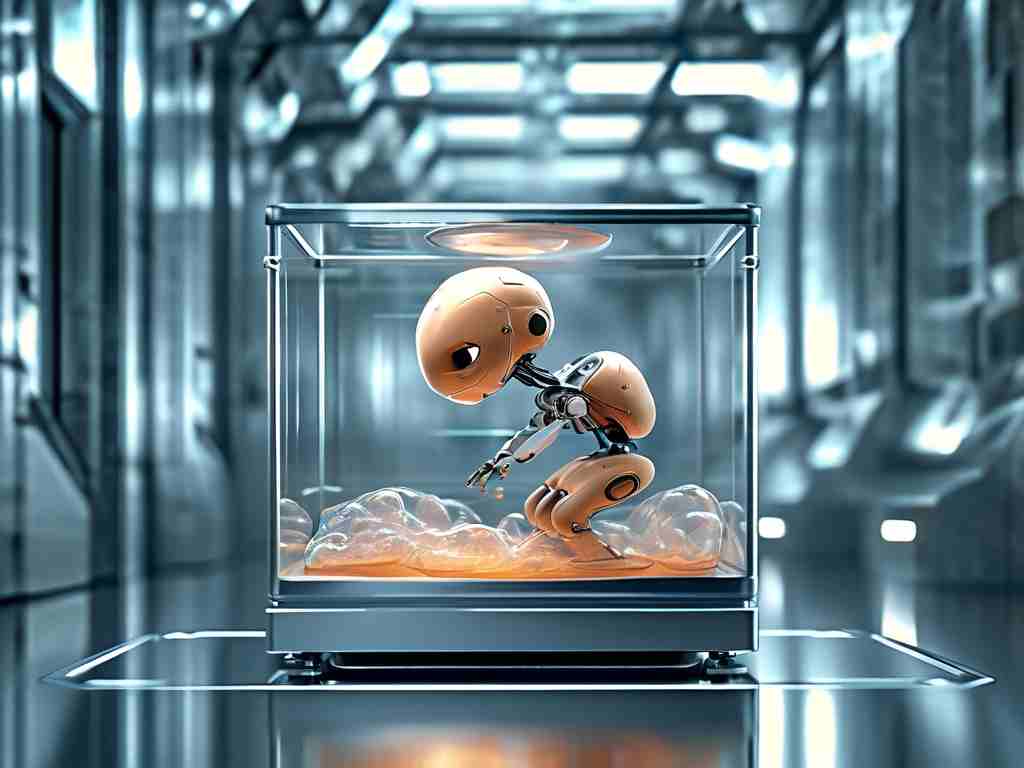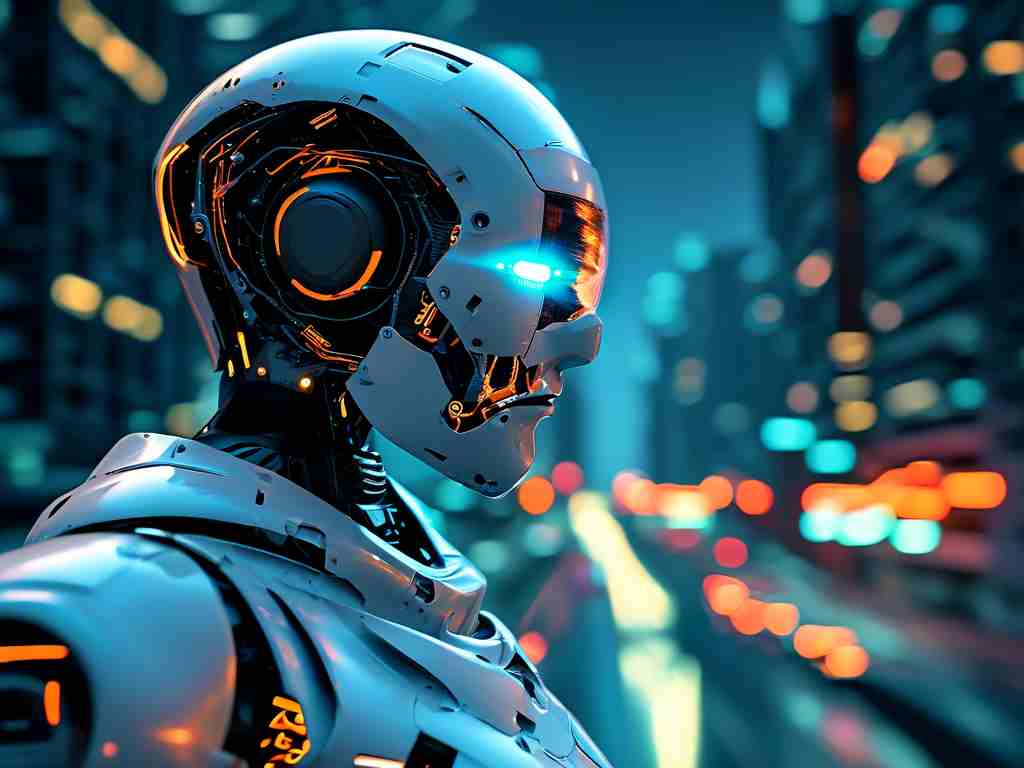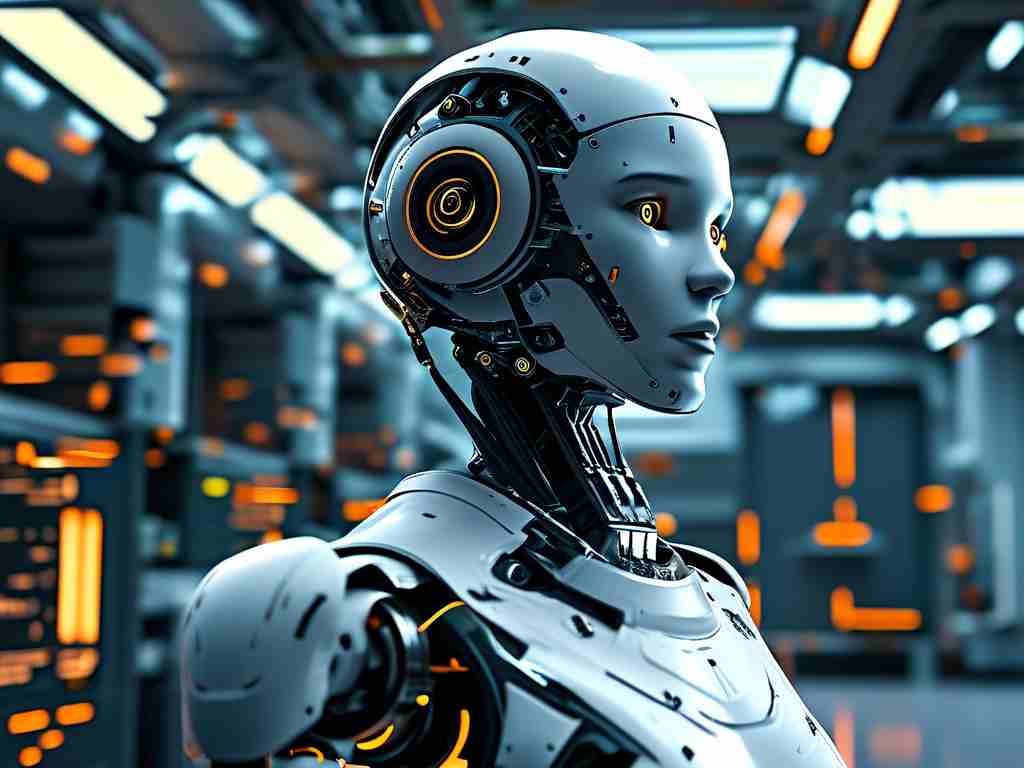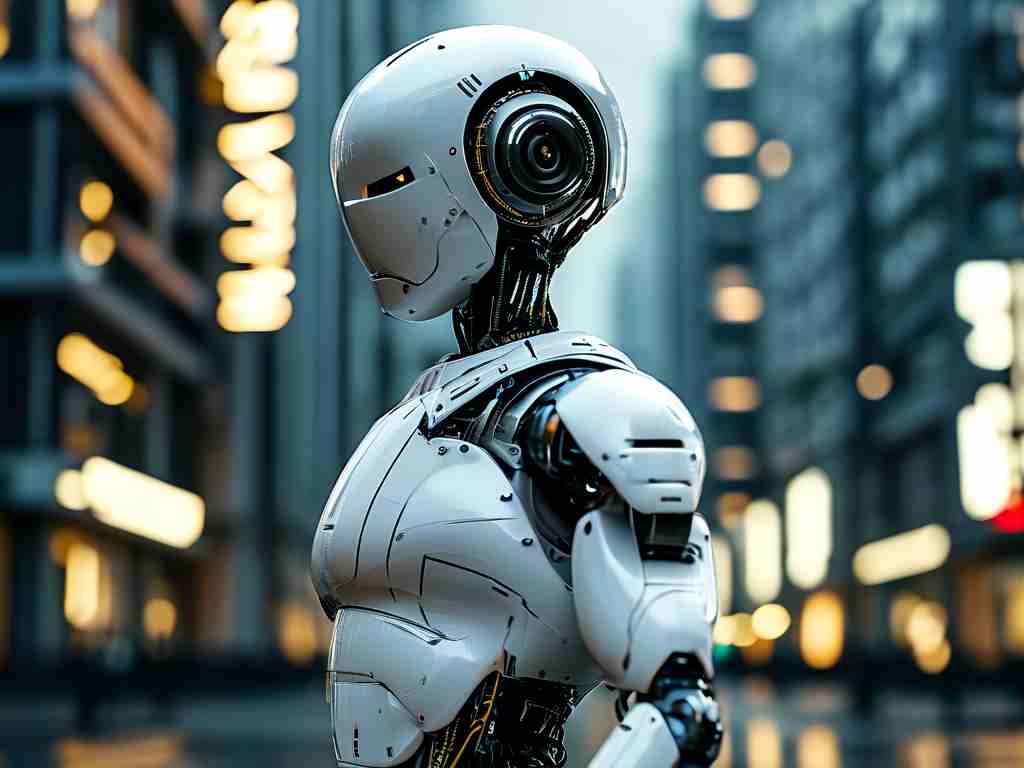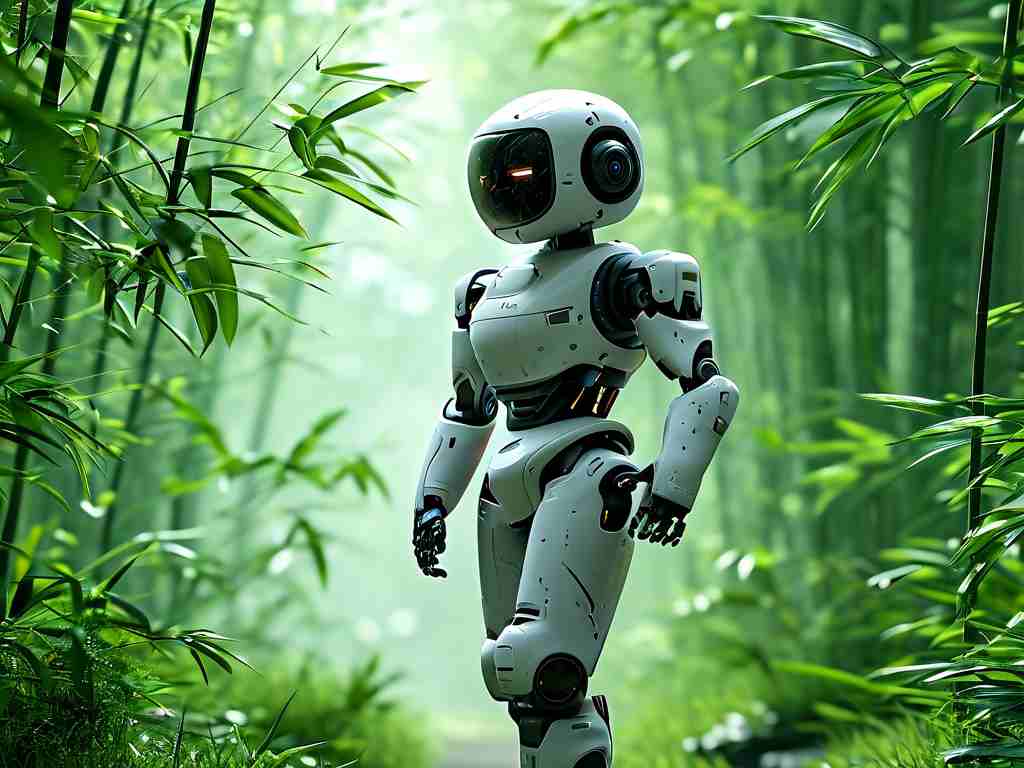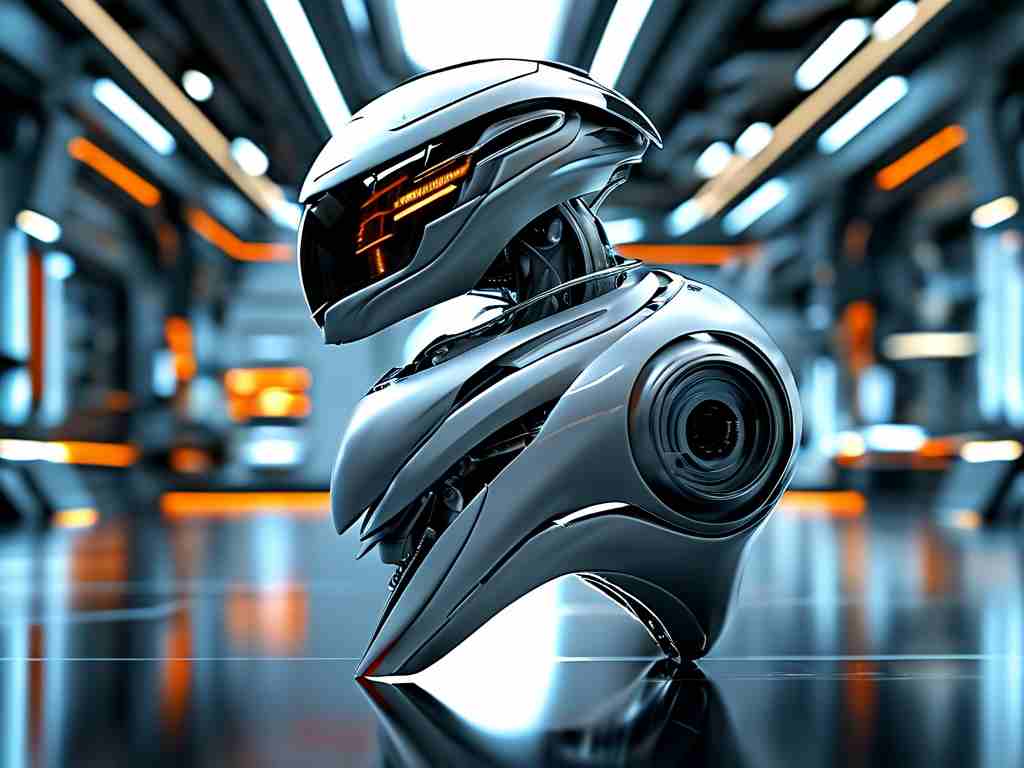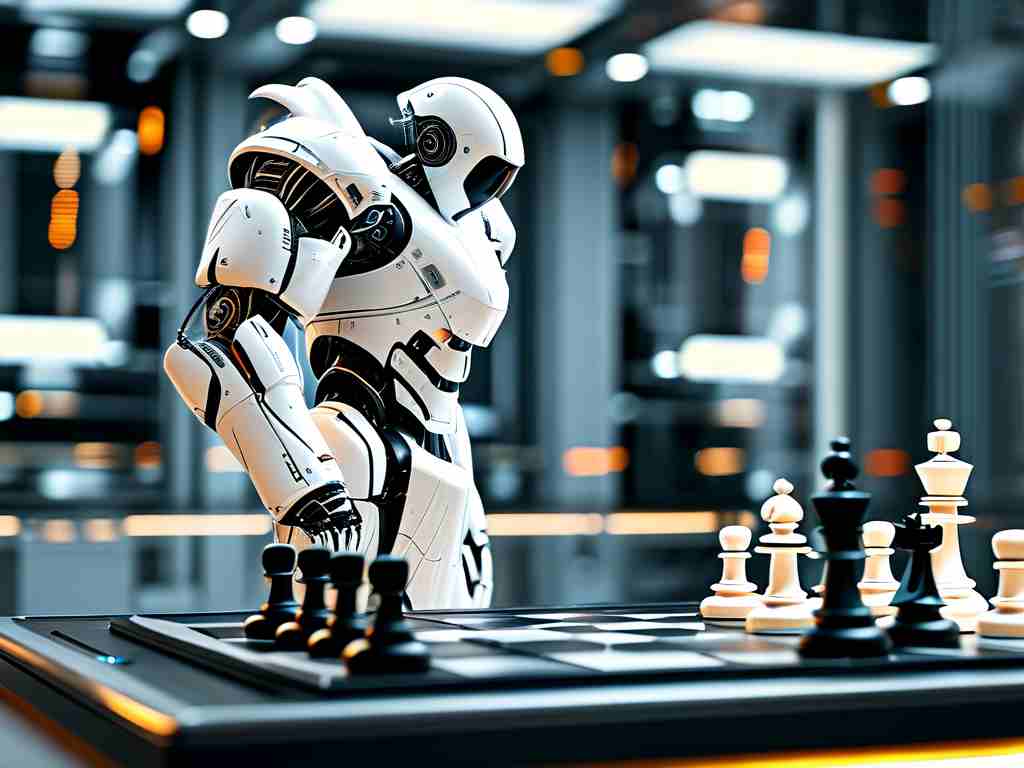The 21st century has witnessed an unprecedented fusion of robotics and artificial intelligence (AI), reshaping industries, redefining human capabilities, and challenging traditional notions of automation. This convergence represents not merely a technological upgrade but a paradigm shift in how machines perceive, learn, and interact with the physical world. From manufacturing floors to surgical theaters, AI-powered robots are transcending their scripted routines to become adaptive, decision-making entities. As these technologies mature, their combined potential raises profound questions about innovation, ethics, and humanity's role in an increasingly automated ecosystem.
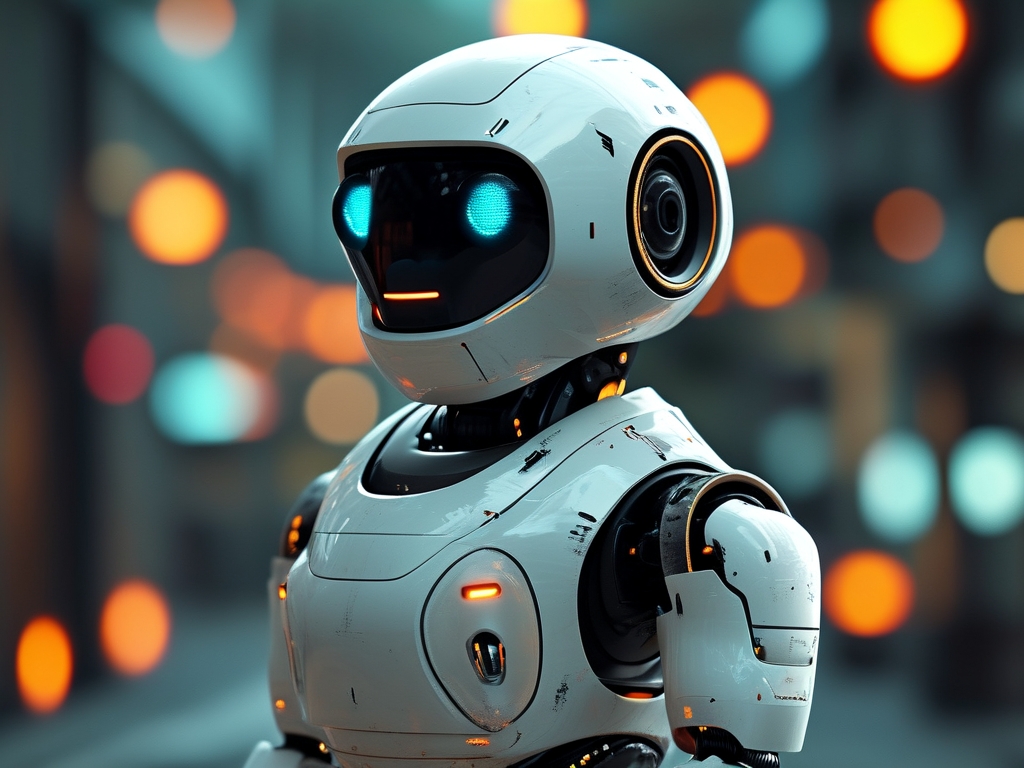
The Synergy Between Robotics and AI
At its core, robotics deals with the design and operation of physical machines, while AI focuses on creating systems capable of intelligent decision-making. Historically, robots operated within rigid programming boundaries-think of assembly-line arms repeating welds or lifts. The integration of AI transforms these machines into dynamic problem-solvers. Machine learning algorithms enable robots to analyze real-time data, recognize patterns, and optimize actions without human intervention. For instance, autonomous drones using computer vision can inspect infrastructure for defects, while collaborative robots (cobots) in factories adapt workflows based on sensor inputs.
Modern AI techniques like deep learning and neural networks have unlocked new frontiers. Boston Dynamics' Spot robot, for example, uses AI to navigate complex terrains by processing environmental data through layered algorithms. Similarly, AI-driven surgical robots like the da Vinci system enhance precision by compensating for human tremors during operations. These advancements highlight a critical truth: AI is the "brain," while robotics provides the "body," creating a symbiotic relationship that amplifies both fields.
Transformative Applications Across Industries
1. Manufacturing and Logistics The manufacturing sector has been the earliest adopter of robotic automation, but AI infusion has elevated productivity to unprecedented levels. Smart factories now deploy robots that predict equipment failures using IoT sensors and AI analytics. Amazon's fulfillment centers utilize over 750,000 AI-enhanced robots to sort, pack, and ship goods, reducing delivery times by 40%. In logistics, autonomous delivery robots and AI-optimized route planning are slashing costs and carbon footprints.
2. Healthcare and Biotechnology Robotic surgery systems integrated with AI are revolutionizing patient care. Platforms like Intuitive Surgical's da Vinci combine robotic precision with AI's diagnostic power, enabling minimally invasive procedures with faster recovery times. Beyond surgery, AI-powered exoskeletons assist patients with mobility impairments, while lab robots automate drug discovery by screening millions of compounds in days-a task that once took years. During the COVID-19 pandemic, disinfection robots using UV light and AI navigation sanitized hospitals, reducing infection risks.
3. Service and Consumer Sectors From hotel concierge robots to AI-driven agricultural harvesters, service industries are embracing this fusion. SoftBank's Pepper robot, equipped with emotion-recognition AI, interacts with customers in retail and hospitality settings. In agriculture, companies like John Deere deploy autonomous tractors that use AI to analyze soil conditions and optimize planting patterns, boosting yields by up to 20%. Even creative fields are impacted: AI-powered robotic arms now paint canvases or sculpt designs based on algorithmic aesthetics.
4. Space Exploration and Hazardous Environments NASA's Perseverance rover exemplifies how AI-robotics synergy conquers extreme environments. Equipped with autonomous navigation AI, it explores Mars' terrain, selecting rock samples without real-time human input. Similarly, underwater robots with machine learning capabilities map ocean floors or repair deep-sea cables, mitigating risks to human divers.
Ethical and Technical Challenges
Despite its promise, the fusion of robotics and AI poses significant challenges. Technical limitations include ensuring real-time processing speeds for safety-critical tasks (e.g., self-driving cars) and addressing algorithmic biases in decision-making. A robot trained on biased data might disproportionately deny loans or misidentify faces, perpetuating societal inequities.
Ethical dilemmas abound. As robots assume roles in caregiving or law enforcement, questions arise about accountability. Who is responsible if an AI-powered police robot injures a civilian? Moreover, job displacement remains a pressing concern: the World Economic Forum estimates that by 2025, automation could displace 85 million jobs globally, necessitating massive workforce reskilling.
Privacy is another battleground. Robots equipped with cameras and microphones, paired with AI's data-hungry algorithms, risk becoming surveillance tools. Striking a balance between innovation and individual rights will require robust regulatory frameworks.
The Road Ahead: Collaborative Intelligence
The future lies not in replacing humans but augmenting human capabilities through collaborative intelligence. Imagine construction sites where AI robots handle heavy lifting while workers oversee safety via augmented reality interfaces. Or classrooms where teacher-assistant robots personalize lessons based on AI assessments of student progress.
Breakthroughs in quantum computing and neuromorphic engineering-which mimics the human brain's architecture-will further accelerate this fusion. Researchers are developing robots with "lifelong learning" abilities, enabling them to acquire new skills continuously. Meanwhile, advances in explainable AI (XAI) aim to make robotic decision-making transparent, fostering trust.
The marriage of robotics and AI is not a distant sci-fi vision-it is unfolding today, driving efficiencies and unlocking possibilities once deemed impossible. Yet, its trajectory hinges on addressing ethical quandaries and ensuring equitable access to benefits. As we stand at this crossroads, policymakers, technologists, and society must collaborate to steer this fusion toward a future where machines enhance human potential without eroding our values. The age of intelligent automation is here, and its responsible stewardship will define generations to come.


